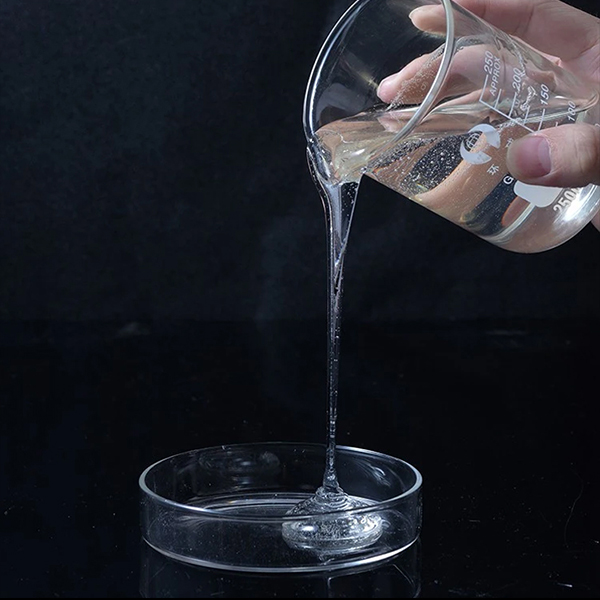Understanding Cellulose Ether A Focus on HPMC
Cellulose ethers, particularly Hydroxypropyl Methylcellulose (HPMC), are versatile compounds derived from cellulose, a natural polymer found in the cell walls of plants. Their unique properties and functionalities have made them increasingly important in various industrial applications, including pharmaceuticals, food production, and construction.
HPMC is a chemically modified cellulose that is created by treating cellulose with propylene oxide and methyl chloride. This modification results in a product that exhibits improved solubility in water compared to unmodified cellulose. HPMC is a white, odorless powder that forms a gel-like consistency when mixed with water, making it an essential thickening and stabilizing agent in many formulations.
Understanding Cellulose Ether A Focus on HPMC
In addition to its role in pharmaceuticals, HPMC is also used extensively in the food industry. Due to its emulsifying and thickening properties, it is commonly found in sauces, dressings, and baked goods. HPMC helps to stabilize emulsions and improve the texture, mouthfeel, and overall quality of food products. Furthermore, because HPMC is non-toxic and can be derived from natural sources, it is often favored as a food additive in products marketed as clean label.
cellulose ether hpmc

The construction industry also benefits from the properties of HPMC. It is frequently used in various construction materials, including cement-based products, tile adhesives, and skim coats. HPMC enhances the workability of these materials, allowing for easier application and improved adhesion to surfaces. Additionally, it helps to retain moisture, promoting better curing of cement and plaster, which ultimately leads to stronger and more durable structures.
Environmental considerations are becoming increasingly relevant in today’s industrial applications. HPMC is derived from renewable resources, making it a more sustainable choice compared to synthetic alternatives. Its biodegradability and low environmental impact contribute to its appeal in a market that increasingly prioritizes eco-friendly products.
The versatility of HPMC is further demonstrated by its range of grades and specifications, which are tailored for specific applications. Different levels of hydroxypropyl and methyl substitution lead to varying solubility and viscosity properties. As such, formulators can select the appropriate grade of HPMC to meet the specific needs of their product, whether it be a high-viscosity gel for thickening or a low-viscosity solution for coating.
In conclusion, Hydroxypropyl Methylcellulose is a prime example of how cellulose ethers have found widespread application across various industries due to their functional versatility and eco-friendly nature. Whether in the formulation of pharmaceuticals, enhancement of food products, or improvement of construction materials, HPMC offers unique benefits that continue to drive innovation and satisfaction in consumer products. As research and development in cellulose derivatives progress, it is likely that HPMC and its counterparts will play an even more significant role in future industrial applications, contributing to a more sustainable and functional world.
-
The Application and Significance of Construction RdpNewsMay.19,2025
-
Industrial Grade HpmcNewsMay.19,2025
-
Building Coating Adhesive Building Coating Adhesive HpmcNewsMay.19,2025
-
Application Of Hpmc For Detergent For Detergent In DetergentsNewsMay.19,2025
-
Application Of Hpmc Cellulose In Cement-Based MaterialsNewsMay.19,2025
-
Application Of High Quality Hpmc For Construction In The Field Of ConstructionNewsMay.19,2025




